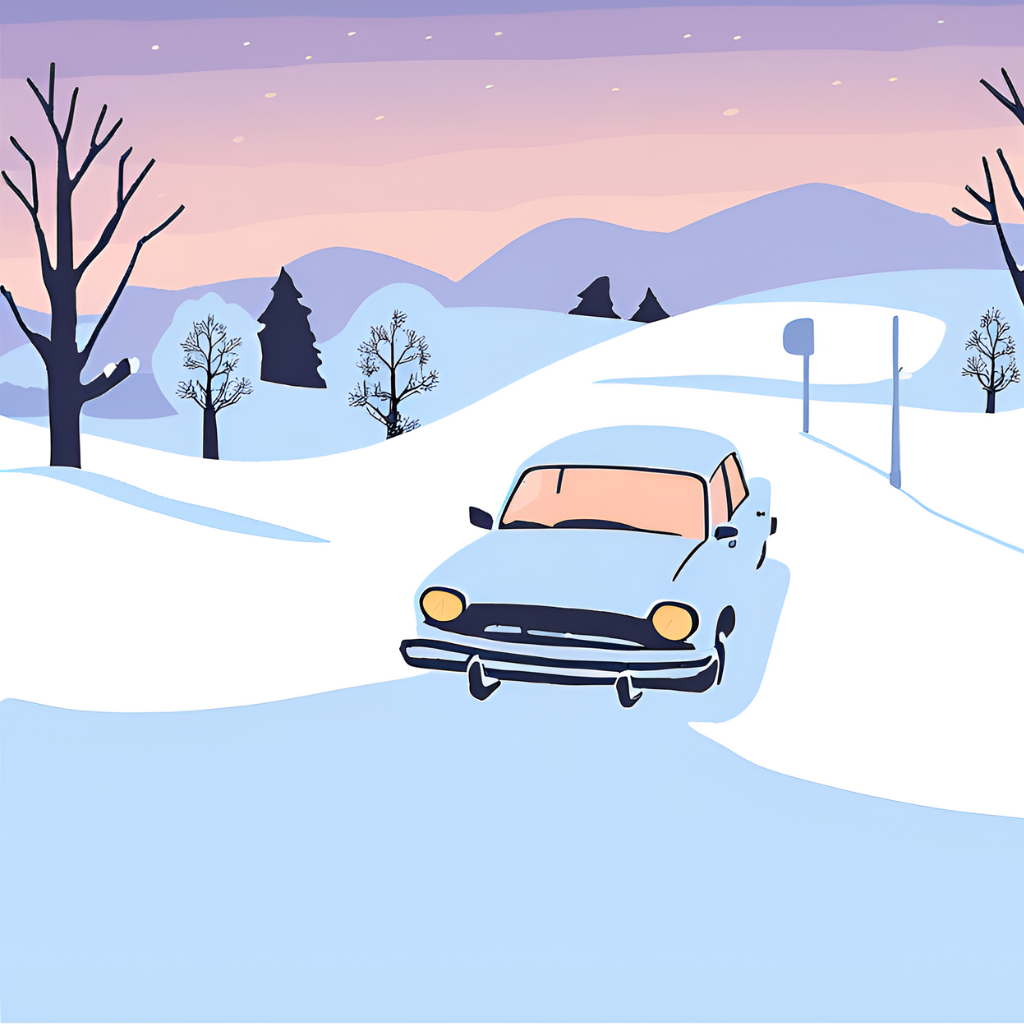According to the U.S. Department of Transportation Federal Highway Administration over 70% of the nation’s roads are located in snowy regions and nearly 70% of the population lives in these areas. Each year 24% of weather-related crashes occur on snowy, icy, or slushy roads.
Being prepared for driving in this type of weather can go a long way in preventing serious accidents. When you’re prepared, not only for the winter weather but with the proper auto insurance, you can mitigate your risk in the event of an unforeseen event. YourPolicy can help you find the right coverage, no matter where you live or what driving conditions you face. We’ll save you time and money and give you the peace of mind that you won’t face a devastating financial loss.
In the meantime, here are some tips to help you survive winter driving without major accidents.
Safety Tips for Winter Driving
Plan Ahead
Choose the Right Vehicle: If you live in a location that is subject to typically snowy winters, a 4-wheel drive truck or SUV is ideal. It will stop sooner when you’re hitting the brakes on snowy roads than a subcompact or minivan. In any case, any vehicle that you purchase in this type of area should be equipped with a 4-wheel drive.
Fill the Tank: Keep your gas tank at least half full, and full if possible. Depending on the temperature, a half-empty tank can cause ice in fuel lines, and you don’t want to take a chance on running out of gas in bad weather.
Use Snow Tires: Depending on your location, it’s smart to invest in a good set of snow tires. They will help make traveling through heavy snowfall safer. Be sure that your tires have the proper pressure, as cold weather can decrease pressure and affect your driving. Never drive with worn or damaged tires.
Keep Your Vehicle Maintained: Before the winter sets in, have the fluid levels in your car checked. Your oil, antifreeze, and windshield washer fluid should be full and rated for cold weather. Be sure that headlights and taillights are in good working condition. Prior to any long trips, check with your insurance agent that you’re appropriately covered in case of an accident.
Driving Tips
Drive Smoothly: Avoid jerky movements. Every turn of the wheel, push of the brakes, or movement of the throttle should be deliberate and gradual.
Anticipate and Concentrate: When you’re facing slippery conditions, anticipate what you’ll need to do next. Allow double stopping distance on wet roads, triple on snowy roads, and even more on icy roads. Look down the road so that you know what may be ahead of you, and fully concentrate on your driving.
Skidding Takes Control
If you feel your car beginning to skid, look in the direction that you want to go, not in the direction of the skid. Watch how Formula 1 and Nascar drivers recover from skids, and you’ll understand why this works. Racecar drivers know that you almost always end up where you’re looking.
When you hit a slick spot and your car starts to slide away from the direction you’re heading, don’t panic and hit the brakes. Take the following action.
- Front Wheel Skid: When the front tires lose grip and turn in a wide arc, ease off the gas. As traction returns, aim in the direction you want to go.
- Rear Wheel Skid: When you feel the rear wheels lose traction and spin out, turn the steering wheel in the same direction as the rear wheels are sliding. Ease off the accelerator and no braking. As the rear regains traction, steer back to the original direction.
Prepare For an Emergency
If you’re going to be driving in inclement weather, you should have an emergency plan. Leave extra time for your trip, and be sure that people know when to expect your arrival. Dress appropriately in case you break down or have an accident.
In addition to extra antifreeze and washer fluid, prepare a winter “survival kit.”
- Ice scraper/brush
- Tow chain
- Booster cables
- Road flares
- Sand or gravel for traction
- Blankets
- Extra gloves and hats
- Food and water
- Candles and matches
- Flashlight and extra batteries
Final Thoughts
If you follow these common-sense winter driving tips, you should be able to stay safe and avoid serious mishaps while driving in inclement weather.






